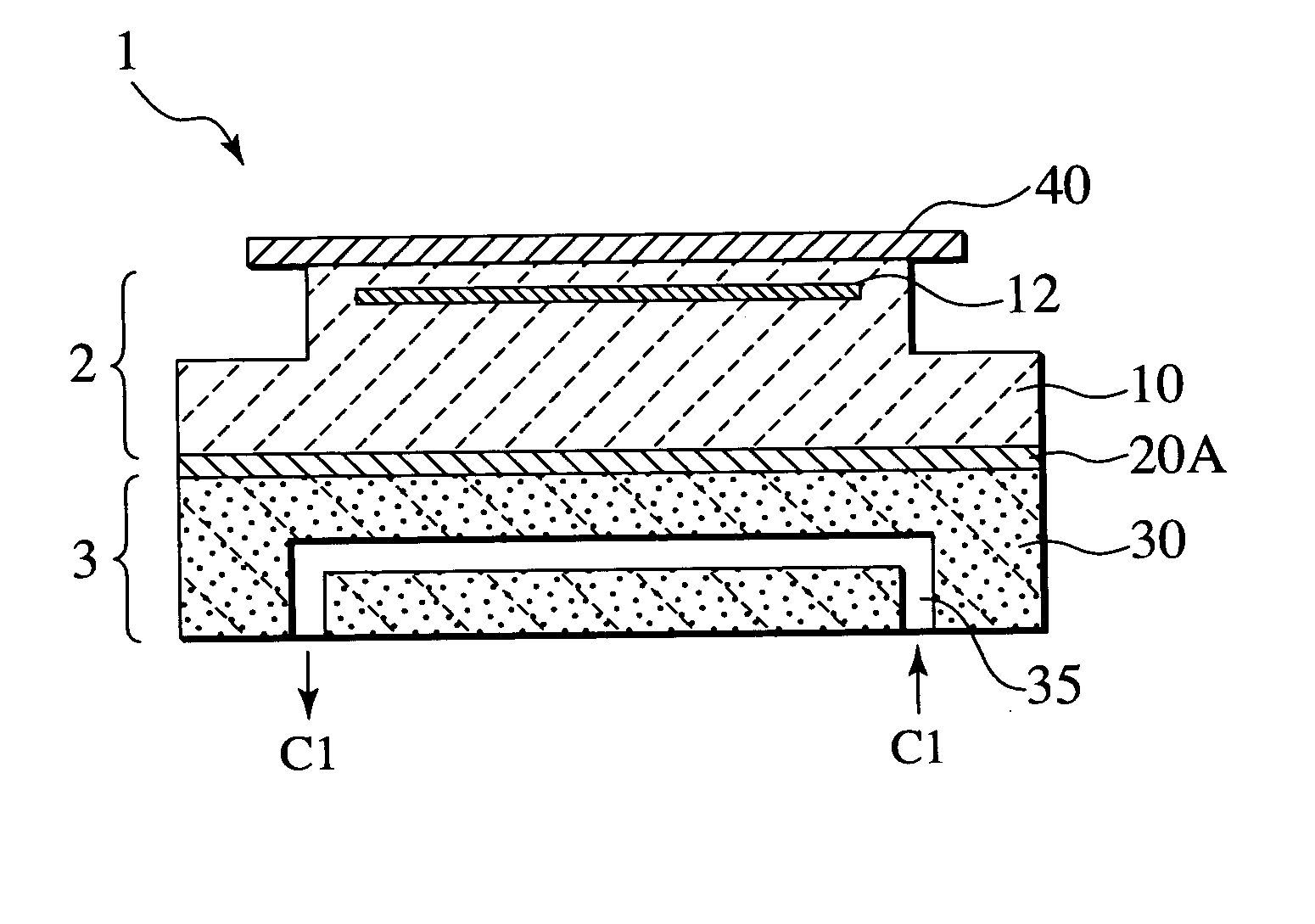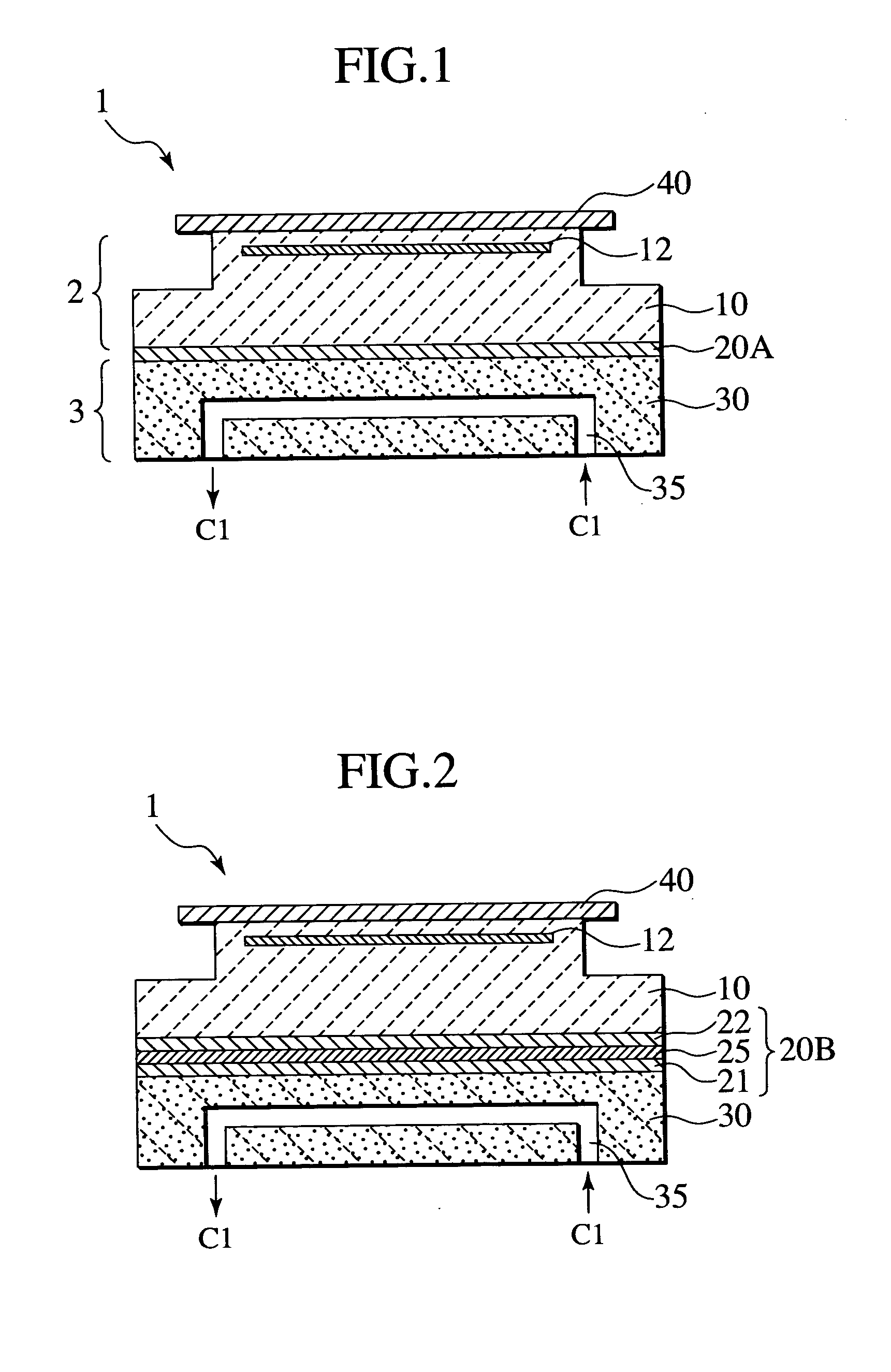Method of fabricating substrate placing stage
a technology of substrate and placing surface, which is applied in the direction of metal-working equipment, metal-layered products, electrical equipment, etc., can solve the problems of reducing the temperature uniformity of semiconductors, difficult to fabricate one having uniform quality, and composite materials that are likely to produce warpage of substrate placing surfaces, etc., to reduce residual stress, reduce production of pores, and excellent joint strength
- Summary
- Abstract
- Description
- Claims
- Application Information
AI Technical Summary
Benefits of technology
Problems solved by technology
Method used
Image
Examples
examples
[0053] The following describes examples and comparative examples of the present invention.
examples 1 to 3
[0054] Firstly, a ceramic base having a function as an electrostatic chuck was fabricated. Specifically, an acrylic resin binder was added to aluminum nitride powder which was obtained by a reduction-nitridation method, and then granules were formed by a spray granulation method. In this granulation process, uniaxial pressure molding was performed by use of a die. In this molding process, a Mo bulk electrode which was a mesh electrode in the form of plate was embedded in a compact. This compact was subjected to hot press firing, thus fabricating an integrated sintered body. Pressure at the hot press process was set to 200 kg / cm2. During firing, the temperature was raised up to the maximum temperature of 1900° C. at a rate of 10° C. / hour, and then the maximum temperature was maintained for 1 hour. This fabricates a discoid aluminum nitride ceramic base having a diameter of 200 mm and a thickness of 10 mm. The ceramic base, after firing, is formed with through-holes each having an out...
PUM
| Property | Measurement | Unit |
|---|---|---|
| Thickness | aaaaa | aaaaa |
| Thickness | aaaaa | aaaaa |
| Thickness | aaaaa | aaaaa |
Abstract
Description
Claims
Application Information
 Login to View More
Login to View More - R&D
- Intellectual Property
- Life Sciences
- Materials
- Tech Scout
- Unparalleled Data Quality
- Higher Quality Content
- 60% Fewer Hallucinations
Browse by: Latest US Patents, China's latest patents, Technical Efficacy Thesaurus, Application Domain, Technology Topic, Popular Technical Reports.
© 2025 PatSnap. All rights reserved.Legal|Privacy policy|Modern Slavery Act Transparency Statement|Sitemap|About US| Contact US: help@patsnap.com


